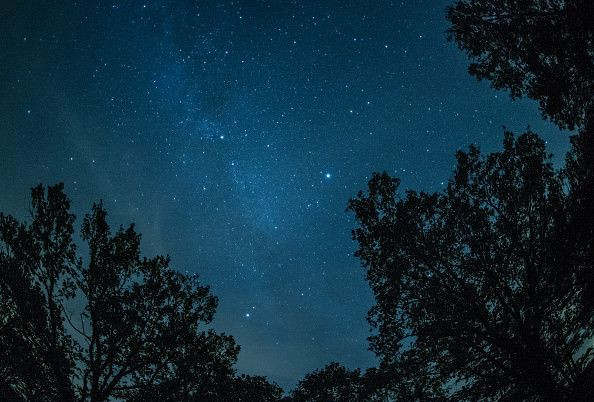Neptune At Opposition: Blue Planet Will Be Closest To Earth On Friday
KEY POINTS
- Neptune will reach opposition on Friday, Sept. 11
- It will be the best time to view the blue giant
- Sky watchers may use binoculars or a telescope to catch a glimpse of Neptune
This week will be the best time to view Neptune of the entire year. Although it will not be visible to the naked eye, simple equipment would give sky watchers a rare glimpse of the blue giant.
Neptune will reach opposition Friday. This happens each year in our orbit when the Earth is essentially positioned in between Neptune and the sun. On this day, Neptune and the Earth will be at their closest position of the year, which means that Neptune will appear at its biggest and brightest in the entirety of 2020.
For sky watchers, this means that Friday will be the optimal time to view the blue giant, although NASA does note that it will only be visible using equipment such as a telescope. This is because even if the two planets will be at their closest, it is still considerably far from the Earth at about 2.7 billion miles away. As the eighth planet from the sun, it is so far away that high noon on Neptune would appear to humans as a dim twilight.

Typically, when a planet in our solar system is at its opposition, it is at the optimal location to shine brighter than at other times of the year. In the case of Neptune, however, it remains faint even when it is at opposition. In fact, Neptune is said to be the only major solar system planet that cannot be seen with the naked eye.
By comparison, planets such as Venus, Jupiter and Saturn can all be visible to the naked eye and may be seen as bright stars in the sky. On Sept. 14, for instance, Venus will appear some 4 degrees to the right of the moon.
But this doesn't mean that Neptune’s opposition will be completely missed since it will still be visible using binoculars or a telescope. According to EarthSky, Neptune can be spotted close to the easily visible star, Phi Aquarii. With basic sky watching equipment, Neptune will look rather like a faint star next to Phi Aquarii.
Thanks to the waxing crescent moon at the time of the opposition, the dark sky would provide the optimal viewing conditions. And although Friday's opposition may not provide a grand sky event, it is still an excellent time to view a member of our solar system that’s billions of miles away.

© Copyright IBTimes 2024. All rights reserved.












